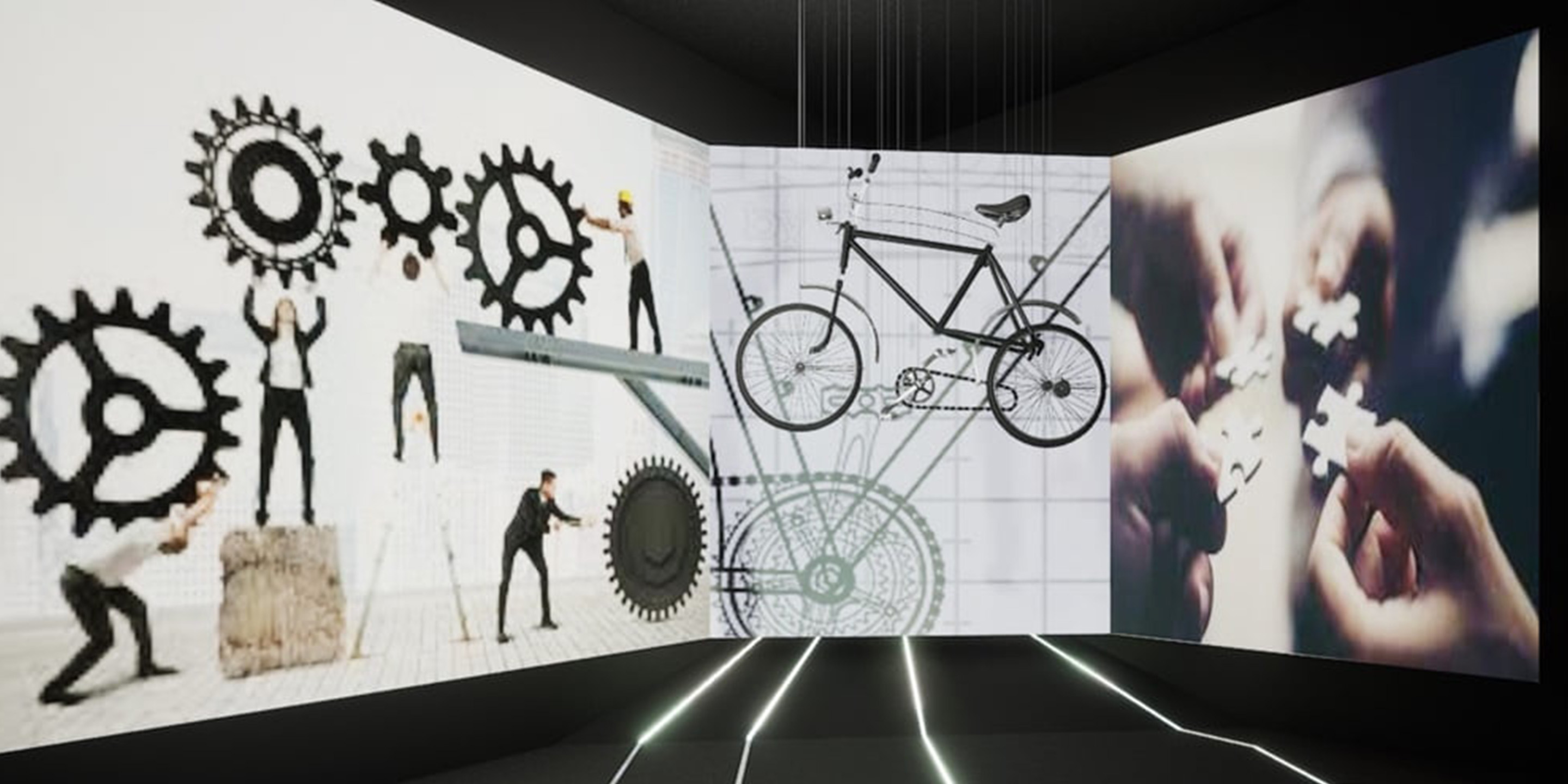An exhibition designed by Paco Lanciano and Giovanni Carrada for Banca d'Italia.
The Adventure of Money offers an enticing preview of the upcoming Bank of Italy Money Museum, showcasing a selection of its materials and displays.
The exhibition is a journey of discovery into the main events in the history of money and finance. The aim is to delve into and clarify common questions and points of interest, particularly as regards the present, taking coin specimens, other objects and select historical documents as starting point.
In a series of nine exhibition rooms, the birth and evolution of monetary and financial instruments and ideas are displayed and made accessible with the most up-to-date narrative techniques used in the scientific world.
The Adventure of Money begins with an overview of the essential features of modern economic systems. These are founded on a clear division of labour, which in turn relies on monetary and financial exchanges to make it work.
In the five rooms that follow, the itinerary covers the main instruments and institutions in the history of money and finance under the five separate headings of loans and means of payment, minted coins, banks anddeposits, banknotes and central banks, and financial markets.
We land first in Mesopotamia, where visitors will learn to decode a clay tablet inscribed using the ancient cuneiform script and discover the tablet is in fact a contract for a loan. The second room is devoted to the invention of minted money (and of the word 'money' itself) by the civilizations of the Mediterranean and to its widespread use in the Roman Empire.
We then move to the new flourishing of commerce and finance at the close of the Middle Ages, in a room devoted to the rise of banking (as we know it) in Italy, to the role of banks in storing the money of savers, in commercial credit, in national and international trade payments, and in the creation of the bills of exchange and other innovative financial instruments.
That was also the time of further Italian 'inventions' which gave a wholly new prominence to financial instruments in the modern world. One of these was the creation of advanced accounting methods as the outcome of several, disparate contributions, eventually culminating in Luca Pacioli's system and providing merchants with the financial maths needed for increasingly complex trade relations.
The following room focuses on how the late-modern world came together as new technologies were devised and entered common use, both in the economy (in the domains of energy, agriculture and manufacturing) and in finance (in the form of banknotes, bond issues and trading, public limited companies, and markets for equity and insurance). In a sense, as societies traversed the confines of the old world between the seventeenth and nineteenth century, money and finance were also shedding off their reliance on ancient ties, such as their former dependence on stocks of precious metal. However, the more powerful a technology, the greater are not just the benefits it can bring but its inherent risks. What goes for industrial technology (let us only think of the environmental impact of the industrial revolution) is also true for the technologies used in finance (around that time, the industrial world also experienced the first spectacular financial bubbles and crises, as well as the devaluation of paper money).
This leads us into the twentieth century, which we narrate by focusing on the series of extreme monetary and financial events suffered by Germany in the 1920s. The combination of hyperinflation and deflation contributed to undermine the country's social and political order in a way that was to dramatically affect the rest of the world. In the following decades, the lessons learnt from that storm provided the founding principles for the creation of national, international, and supranational economic institutions to support the stability of currencies and finance.
In the last three rooms, visitors return to today's world to experience the growing significance and pervasiveness of finance in our daily lives and the benefit of redistributing resources over time and among diverse entities and persons; but also the risk this poses to individuals and groups, and the means through which modern central banks act to limit these risks.
The displays come to life through animations, sound and lighting effects, and projection mapping for a fully immersive experience.
A narrating voice guides visitors along the itinerary providing clear and simple descriptions, making the exhibition also suitable for school children who are not too familiar with its topics.
To delve deeper into these themes in a complementary way to the visit, experts, professionals and academics make their work and research available to the public in the series of free seminars "Beyond the Adventure". A program of educational events open to all to learn more about the monetary system, the birth of banks, inflation and the statistical measurement of consumer prices, explained in an accessible language and presented with original points of view and references to current events.
There is also a simplified itinerary for primary school children.
Moreover, on Saturday afternoons and on Sunday mornings there will be dedicated visits for under twelves and their families. These visits will run at 4 and 4:15 on Saturdays and at 10:15 and 10:30 on Sundays, providing a simplified storyline that is ideally suited to captivate the curiosity of younger visitors. Each minor will have to be accompanied by at least one adult.
The Adventure of Money, at Palazzo Esposizioni, from 31 October to 30 June 2024.
For more information on the exhibition please click here.
To learn more about events please click here.







